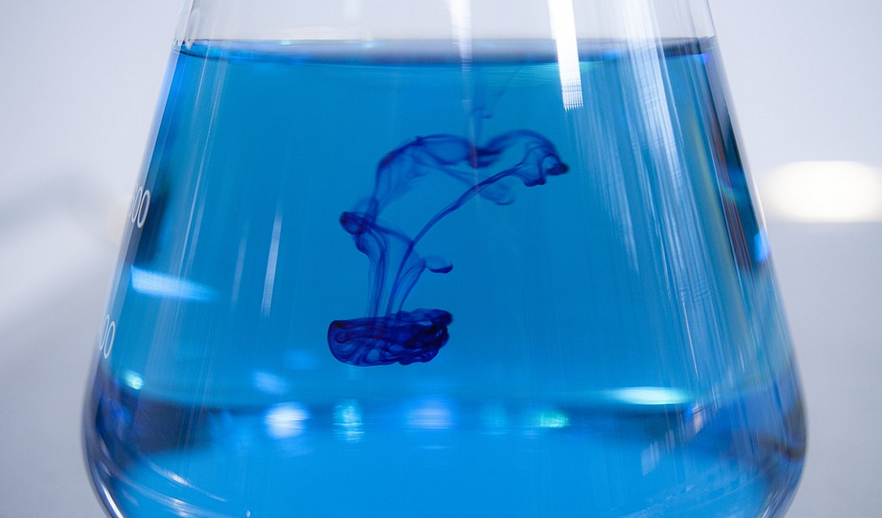Introduction
Sodium chloride, also known as table salt, is a crucial compound in our daily lives. It is used in food preparation, medical treatment, and industrial processes. However, understanding the properties and behavior of sodium chloride can be challenging, particularly when it comes to solving practice problems. In this article, we will discuss some tips and tricks to help you tackle sodium chloride practice problems with ease.
Properties of Sodium Chloride
Before delving into practice problems, it is essential to understand the properties of sodium chloride. Sodium chloride is an ionic compound composed of positively charged sodium ions and negatively charged chloride ions. It has a cubic crystal structure and is highly soluble in water. Furthermore, sodium chloride is a good conductor of electricity when dissolved in water and has a high melting point.
Types of Sodium Chloride Practice Problems
There are different types of sodium chloride practice problems that you may encounter in your studies. Some of these include calculating the molarity, molality, and mass percent of sodium chloride in a given solution. You may also be required to determine the freezing point depression or boiling point elevation of a solution containing sodium chloride.
Tips and Tricks for Solving Sodium Chloride Practice Problems
To solve sodium chloride practice problems, you need to have a good grasp of the underlying concepts and equations. Here are some tips and tricks to help make the process easier:
Tip 1: Understand the Equations
To solve problems involving sodium chloride, it is essential to understand the equations involved. For instance, to calculate the molarity of a sodium chloride solution, you need to use the formula: Molarity = moles of solute / liters of solution
Tip 2: Convert Units
In some cases, you may need to convert units to solve a problem correctly. For example, if the problem gives you the mass of sodium chloride in grams, you may need to convert it to moles before using the equation.
Tip 3: Pay Attention to Significant Figures
When solving sodium chloride practice problems, it is crucial to pay attention to significant figures. Make sure you round off your answer to the correct number of significant figures.
Tip 4: Practice, Practice, Practice
As with any other subject, practice makes perfect. Make sure you practice solving sodium chloride problems regularly to improve your skills and understanding.
Conclusion
Sodium chloride practice problems may seem challenging at first, but with the right approach, you can tackle them with ease. By understanding the properties of sodium chloride and the equations involved, converting units, paying attention to significant figures, and practicing regularly, you can improve your skills and excel in your studies.

